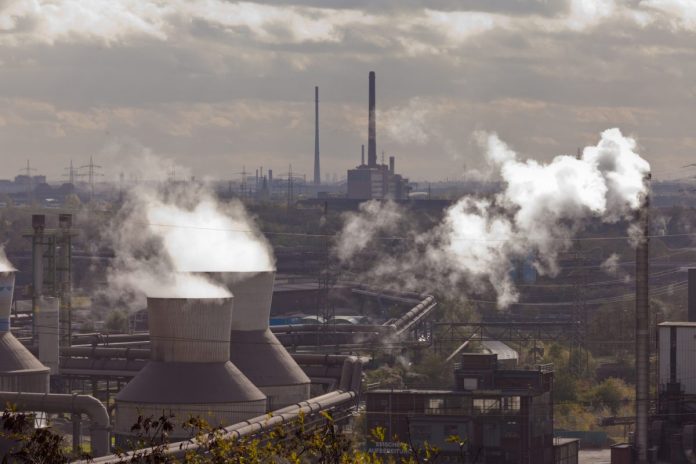Air pollution impacts all living species and can have a detrimental impact. Dr Valentin Foltescu EEA Project manager – Air quality reporting and assessment at the European Environment Agency (EEA) explains more…
Europe is still far from achieving levels of air quality that do not pose unacceptable risks to humans and the environment. Even though there have been considerable improvements in the past decades, air pollution is the most significant environmental risk, causing premature death in Europe. Moreover, it also increases the incidence of a wide range of diseases, particularly in cities, and has an impact on the wider environment, damaging vegetation and ecosystems. This constitutes a substantial loss for Europe: for its natural systems, its agriculture, its economy, the productivity of its workforce, and the health of Europeans.
Exposure to air pollution and impacts on human health and ecosystems
European citizens often breathe air that does not meet European standards. Current pollution levels, especially for particulate matter (PM), ozone (O3), and benzo(a)pyrene (BaP), impact large parts of the urban population.
The most health damaging air pollutant is fine PM, similar to dust or soot but with fine particles, capable of penetrating deep into lungs. Long-term exposure to fine PM is responsible for the vast majority of air pollution-caused premature deaths in Europe, while high levels of ground-level O3 over short episodes also causes a significant number of deaths.
Fine PM concentrations in 2011 were responsible for around 430,000 deaths in the EU, according to EEA estimates. The estimated impact of exposure to O3 concentrations in 2011 was about 16,160 premature deaths in the EU.
Nonetheless, it should be noted that most air pollutants have declined slightly over the last decade, including PM and O3. Nitrogen dioxide has not fallen as fast as expected, partly because vehicles are an important source of NO2, and vehicle emission standards have not always led to the anticipated reductions.
The pollutant which increased fastest over the last decade was BaP. Emissions of this pollutant increased by more than a fifth between 2003 and 2012 as urban use of woodstoves and biomass heating increased. In 2012 almost 9 out of 10 city dwellers were exposed to BaP above World Health Organization (WHO) reference levels.
This is not the only reason for concern. An increasing body of scientific research shows that air pollutants may be more harmful than previously thought. Air pollution’s effect on respiratory illnesses and heart disease is well known, but new studies have shown that it can also affect health in other ways, from foetal development to illnesses late in life.
Alongside health, these pollutants also have a significant effect on plant life and ecosystems. Air pollution impairs vegetation growth, which has an effect on both natural ecosystems and agricultural crops. The nitrogen in air pollution can also reduce biodiversity, as the process of eutrophication disturbs the delicate balance in ecosystems. This is a particular problem in sensitive ecosystems such as grassland.
Eutrophication, acidification and plant damage have decreased in recent years. However, they are still widespread – for example the long-term objective for limiting O3 was exceeded across 88% of Europe’s agricultural area in 2012. Ozone is considered to be the most damaging air pollutant for vegetation, significant affecting the growth of trees, on vegetation in general, and on important crops including wheat, soybeans and rice.
Air quality analysis in Europe
The European Environment Agency (EEA) regularly reviews the status and trends of air quality in Europe. The evaluation is based on ambient air measurements which are combined with data on anthropogenic emissions and their trends. This allows the EEA to review progress in meeting the requirements of the 2 air quality directives currently in force and the air quality guidelines set by the WHO. Analysis also provides estimates of the effects of air pollution on human health and on ecosystems across 38 European countries, including the 28 EU Member States.
Dr Valentin Foltescu
EEA Project manager – Air quality reporting and assessment
European Environment Agency
Tel: +45 33 36 71 00











